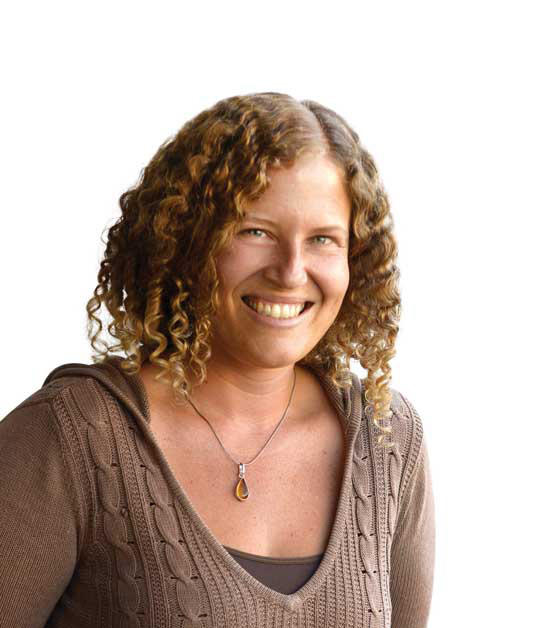Carolyn Merino Mullin is the Founder And Executive Director of The Animal Museum whose new space opened December 3rd in the heart of LA’s Downtown Arts District.
ARTILLERY: What inspired you to start an animal museum?
MERINO MULLIN: Other social movements—women’s suffrage, civil rights, various labor movements—have museums dedicated to their cause. Yet there has never been any museum that focuses on animals and animal rights. I marinated on the museum idea for years while working in the animal nonprofit sector—honestly, who starts a museum?—and took a leap of faith in 2009.
What does the museum’s mission encompass?
Beyond animal protection, which actually dates back centuries, we focus on events where animals and society intersect through the arts, humanities, science and humane education.
An explosion of animal art and photography seems to be taking place in tandem with their alarming decline in the natural world, in part as a plea to preserve their sheer beauty and magnificence. Will visually driven work of this nature be a significant part of the museum’s program?
Yes, our museum will also be a venue to show exceptional and exceptionally curated art on the subject, steered by our curator Rafael Perea de la Cabada, who is an artist himself. Animals have been marginalized as a movement, and so has animal art. We hope to help change that. But we’re not just about putting beautiful stuff on the wall or becoming another country club whose main purpose is validating its own collection. We aim to be a living history, and to actually effect change in the world, enriching the lives of both animals and people.
The diversity of the museum’s supporters and board members is impressive: academics, authors, artists, scientists, filmmakers, musicians, lawyers, non-profit administrators, sanctuary pioneers, to name a few …
Many people care deeply about animals because the lives of animals and humans are so interconnected. Why then tell our national story as if this complex and fascinating relationship doesn’t exist? We seek to move it to the mainstream, to challenge the notion that animals and their rights are a “fringe” or “anti-human” concern.
One of the key narratives in your permanent exhibit is how the animal protection movement has largely been on the backs of women who appear to identify more with their plight. Will the museum continue to examine this thread in the contemporary landscape?
Opening Feb 25, 14 international women artists explore the question “How does someone become something?” in a landmark exhibition, “The Sexual Politics of Meat.” The works are inspired by the ecofeminist theories in Carol J. Adams’ tome of the same name and will examine intersecting oppressions based on gender, race and species, considering what objectification means to them politically and personally.
The endless stream of animal imagery and video on the internet has dramatically increased our exposure to non-human creatures of all stripes whose lives we may not otherwise be exposed to—from the comic machinations of honey badgers to the endlessly surprising behavior of our pets. Do you think all this has intensified interest in animals and made the museum an especially timely venture?
Anything that can get people caring more about animals is a good thing. On the other hand, the Internet can risk reducing animal life to entertaining 30-second sound bites or turn them into celebrities we think we know. For instance, popular media about pigs inspired many people to adopt them as pets. Then the disconnect from fiction to reality hit and many pigs ended up in sanctuaries. The great thing about an animal museum is that it challenges us to see our fellow creatures more historically, and as their own tribes and cultures rather than just objects for our entertainment and pleasure. It also provides a space for having these discussions, to elevate the discourse about human/animal relationships.
Do you have pets?
I am claimed by Burrito, a curmudgeon of a cat I rescued as a feral kitten; Sophia—a very angelic pup saved from the streets; and Blik, who we adopted from a shelter.
What do you think is behind our love and fascination with animals?
They are nonjudgmental and enigmatic. We rediscover ourselves through their eyes. They carry something about us.


